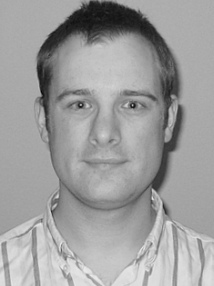BibTex format
@inproceedings{Zhang:2021,
author = {Zhang, C and Kramer, SC and Angeloudis, A and Zhang, J and Lin, X and Piggott, MD},
pages = {2205--1--2205--7--2205--1--2205--7},
title = {Improving tidal turbine array performance through the optimisation of layout and yaw angles},
year = {2021}
}

